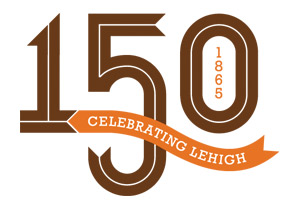
In 1865, Asa Packer founded a university that would contribute to the "intellectual and moral improvement" of the Lehigh Valley. One hundred and fifty years later Lehigh University has its eye on the future, redefining what it means to lead every step of the way.

The 70s and 80s were years of remarkable expansion for Lehigh, as the university leadership sought to grow Lehigh’s physical campus, its local and global impact, and its sense of purpose. The establishment of WLVR took Lehigh to the airwaves, while alumnus Terry Hart took Lehigh to space. The addition of the Goodman and Mountaintop campuses vastly expanded Lehigh’s footprint, while Lehigh’s transition into a coeducational institution brought important growth and support to a broader Lehigh community.
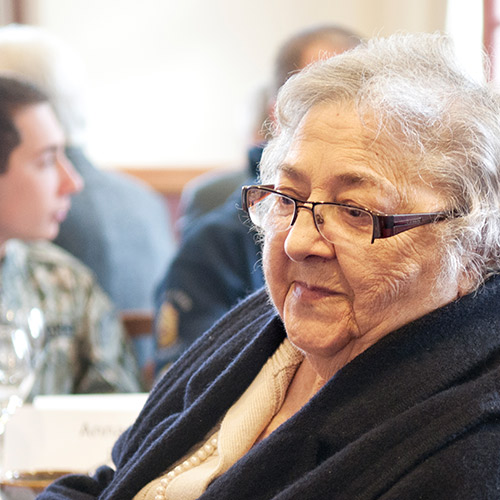
Anna Pirscenok Herz is the first woman promoted to full professor and, in 1972 the first woman named a department chairperson at Lehigh. Herz taught Slavic and Eastern European languages for several decades. Through the endowed funds she created, she provided many scholarships to Lehigh students.
Maginnes Hall of Liberal Arts is opened.
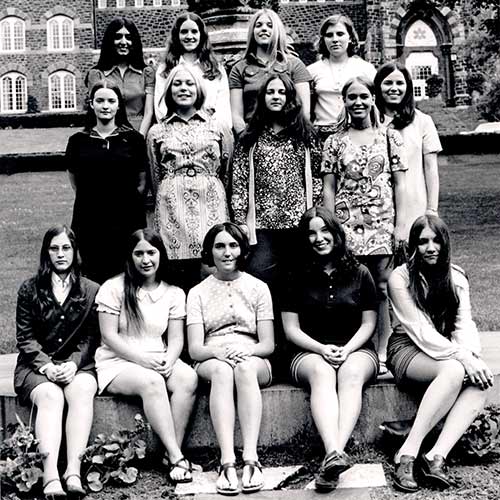
A total of 169 women enrolled, most in the fields of science and mathematics.
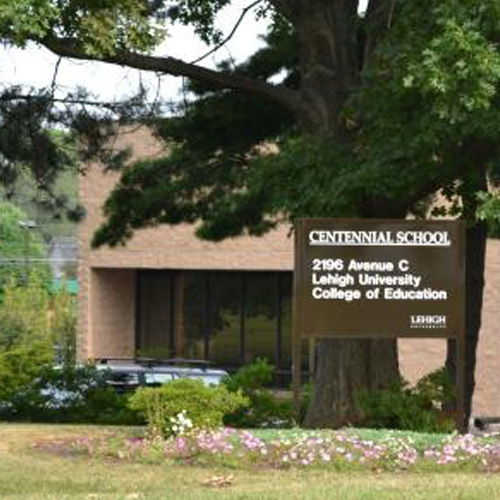
Governed by the College of Education, the Centennial School has been nationally recognized for using positive behavioral intervention techniques to aid children who have behavioral problems. Besides its mission to help students maximize their potential, the school helps prepare special education teachers to enter the workforce by bridging the gap between theory and practice.
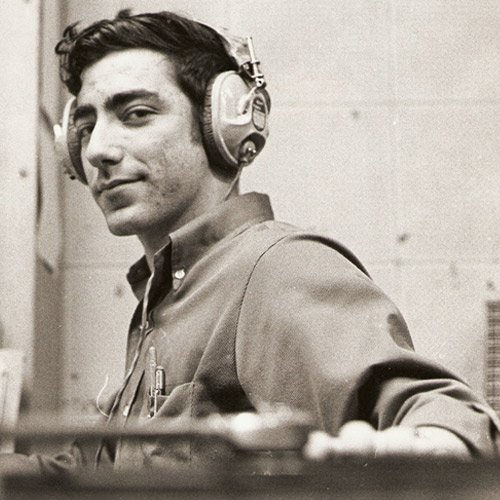
Lehigh’s award-winning free-form radio station, offering a wide range of programming types, goes live on the air with its first FM station broadcast on May 8th.
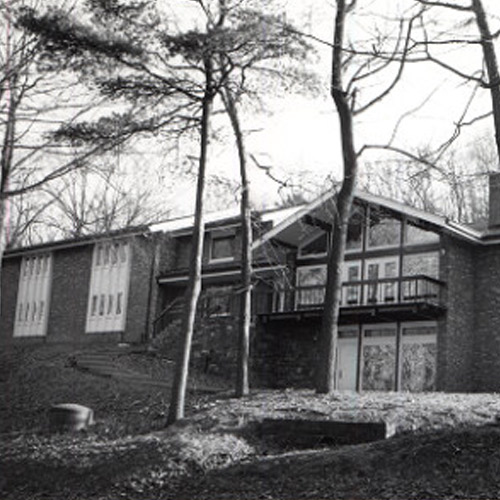
On November 15th, Alpha Phi gets their local charter to become the first sorority on Lehigh’s campus.
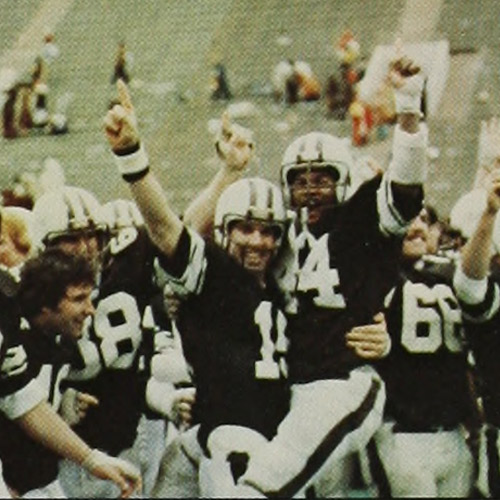
Coached by the great John Whitehead, who would rack up a record of 75-38-2 during his Lehigh tenure, the ’77 Engineers went 9-2 in the regular season (including a 35-17 beating of Lafayette), then knocked off UMass and the University of California-Davis en route to the Pioneer Bowl. It was there, in Wichita Falls, Texas, that Lehigh blitzed Jacksonville State by the score of 33-0—and lifted the national championship trophy for the first time.
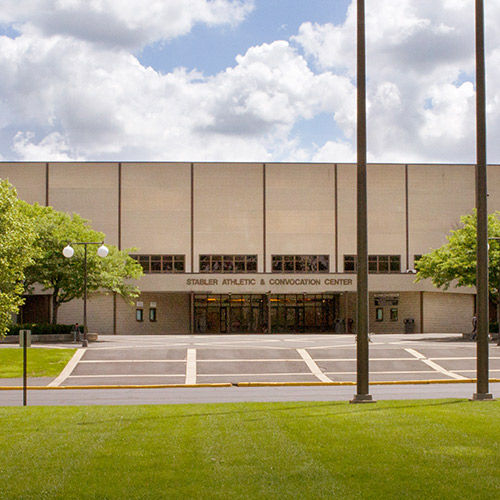
Stabler Arena, a 6,000-seat venue on the Goodman Campus, opens its doors for the first time when it welcomes graduates and their families during commencement exercises on May 27th.
An International Center opens to serve students studying at Lehigh from across the globe.
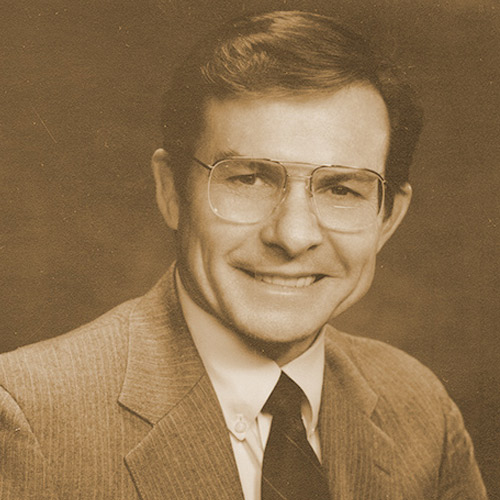
Peter Likins, who served as provost at Columbia University before becoming Lehigh's president, sought to complete the "transformation" of Lehigh that began under Deming Lewis. During his presidency, the university dedicated the Zoellner Arts Center; the Rauch Business Center became home to the College of Business; and Lehigh doubled its size with the purchase of the 800-acre Mountaintop Campus.
Lehigh opens the Hillel House, a Jewish home for students on campus. It is now home to the Hillel Society, a Jewish center for students of any background and experience level with Judaism.
Ben Franklin Technology Center forms.
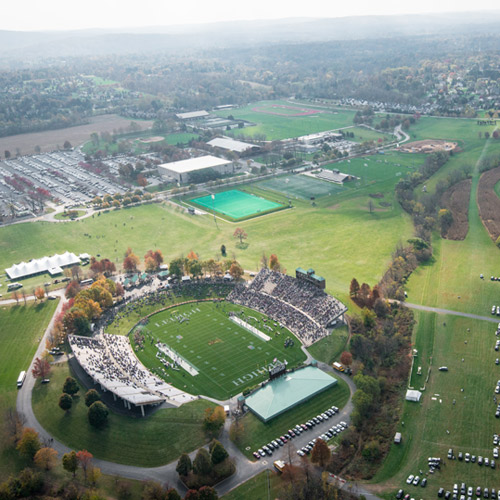
Murray H. Goodman ’48, a Bethlehem native, donates $2.5 million to the university in 1983 to develop the more than 500 acres of land that Lehigh had acquired through land trades with the city of Bethlehem and Bethlehem Steel. The campus is now home to the 16,000-seat Goodman Stadium, Stabler Athletic and Convocation Center, the Philip Rauch Field House, the Cundey Varsity House, the Lewis Indoor Tennis Center and the Ulrich Sports Complex and other athletic fields.
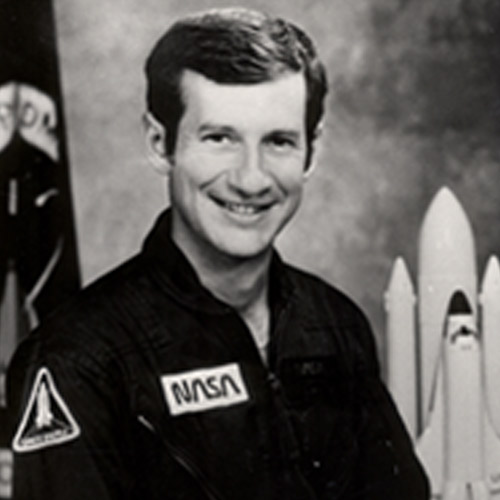
Terry Hart ’68, as a mission specialist aboard the STS 41-C Challenger, goes to space. Hart operated a robotic arm that retrieved the Solar Maximum Satellite for repairs and filmed footage for an IMAX movie titled The Dream Is Alive (1985). Hart joined Lehigh’s engineering faculty in 2004 and currently teaches courses on aircraft design and performance. His current research activities include spacecraft attitude determination and trajectory optimization and Lehigh's NASA Hopper Spacecraft Simulator project.
Bobby Weaver ‘83 wins the 105.5-pound gold medal in freestyle wrestling at the 1984 Summer Olympic Games.
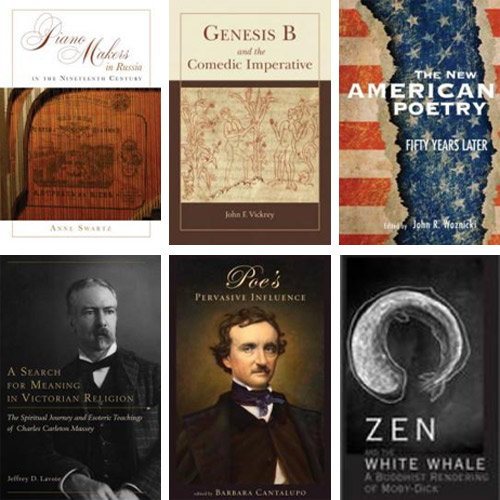
Lehigh University Press, the publishing house of Lehigh, is established in 1985 with the mission of publishing high-quality books that make original contributions to scholarship in the humanities and social sciences.
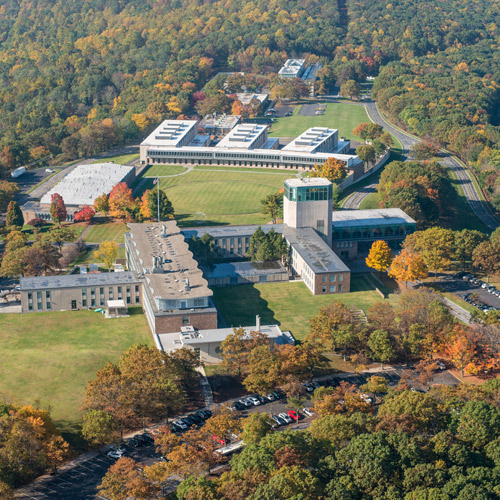
Lehigh’s Mountaintop Campus was originally home to Bethlehem Steel’s Homer Research Laboratory. The laboratory’s buildings atop South Mountain housed Bethlehem Steel researchers. Following the decline of the steel giant, Lehigh purchased five of the eight buildings and 742 acres of land from the company for $18.75 million. This purchase connected the Asa Packer and Goodman campuses and added an additional 370,000 square feet to campus.
The Lehigh-Lafayette game on November 19th is the last football game played in Taylor Stadium.
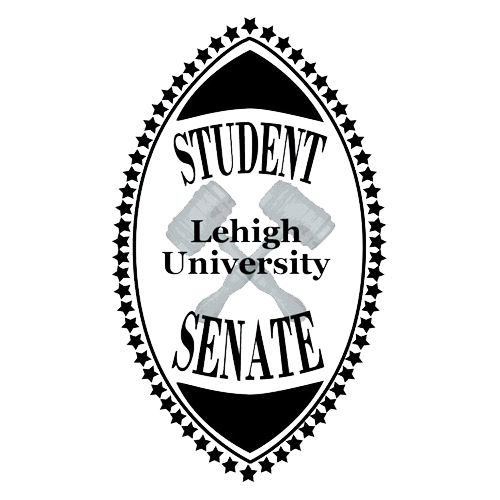
The Forum, a student government body that had equal representation from students and faculty, votes to split into faculty and student groups. The Student Senate is established to address student issues and to recognize and allocate funds to clubs.
The Murray H. Goodman Stadium is officially dedicated.
The Iacocca Institute is formed.